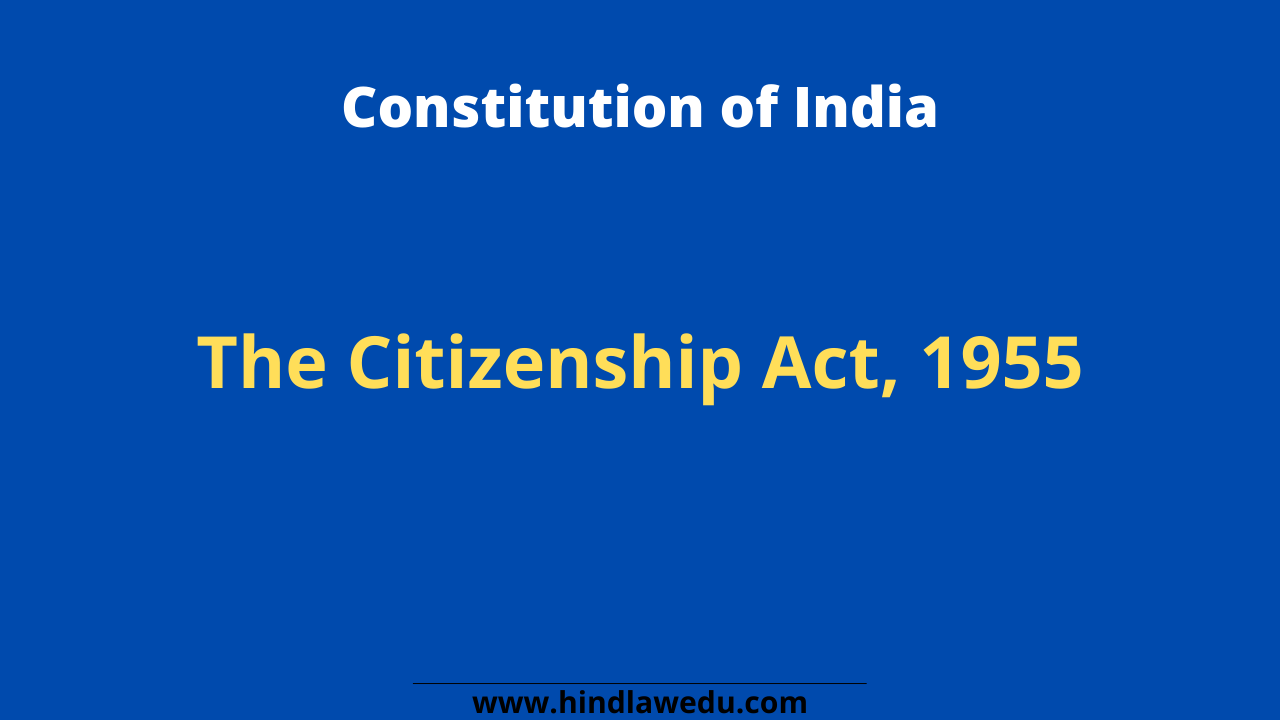Table of Contents
Assault
Section 351 provides that: If a person makes any gesture, or any preparation by knowing and with the intention that it will cause apprehension (fear) in the mind of the person present there. It is the use of criminal force to that person. It is said to commit an assault.
Explanation: Mere words do not amount to an assault. But the words which a person uses may give to his gestures or preparations amount to an assault.
Example: a person X unties the wrap of a vicious dog by knowing it will cause harm to B. So, X has committed an assault upon B.
ESSENTIALS OF ASSAULT
- Gestures or preparation : the accused should make a gesture or preparation to use criminal force.
- Such gestures or preparation should be made in the presence of the person in respect of whom it is made.
- The act was with an intention to cause an apprehension of harm or injury.
- The act caused apprehension in the eyes of the victim that he would be harmed by another person’s action.
Assault is a non-cognizable offence, bailable and compoundable. It is triable by any Magistrate.
Following are some cases of assault –
- Throwing brick into another’s house.
- Advancing with a threatening attitude to strike.
- Pointing a gun at someone at a short distance. If it is loaded or unloaded is immaterial.
- Lifting lathi on a person.
PUNISHMENT FOR ASSAULT OR CRIMINAL FORCE
When someone assaults or uses criminal force on another will be liable for imprisonment which may extend to 3 months, or fine up to 500 rupees, or both. It is defined under section 352.
CASES:
1. Chandrika Sao v. State of Bihar
In this case, the lower court rejected the argument that merely snatching the book away from the hands of the official, which he was in the official’s possession at that time, was not a use of force. The Supreme court observed otherwise, saying that the snatching of the book was capable of fulfilling the essence of section 349. The book which was in possession of the official was caused to have a motion or change in motion by mere snatching it; this affects a sensation of feeling to the official’s hands. Therefore, it is the use of force by the accused.
2. Bihari Lal v. Emperor
In this case, the court observed that in criminal force and the physical presence of a person, against whom the criminal force is alleged to be used is required.
Outraging Modesty of Women
Section 354 IPC makes it a special crime to use force against a woman, or even threaten to use force, if the intention is to ‘outrage her modesty’. It is treated more seriously and is cognizable allowing the police to make arrests for such crimes without a warrant.
‘outraging modesty’ meaning is not clear enough, Courts usually make this determination by looking at all circumstances surrounding the incident. The Supreme Court referred to ‘modesty’ as feminine decency and a goodness that women possess due to their gender.
The punishment shall be more than 1 year and can extend to 5 years along with a fine.
Note: It is not enough that the victim’s modesty is outraged. It is an offence only when the accused intended or knew it to be likely that the acts in question would outrage the victim’s modesty.
Example: X pulls on a girl’s clothes while playing Holi and rips her T-shirt apart. It is a crime only if X intended or knew it to be likely that his acts would outrage her modesty.
Sexual Harassment
According to (Section 354-A IPC), Sexual harassment is the;
- Unwelcome touching or other physical contact, OR
- Asking or demanding sex or any other sexual activity, OR
- Showing pornographic material which may include videos, magazines, books etc. against her will. OR
- Making remarks which are of a sexual nature.
The punishment for the first three kinds of sexual harassment is 3 years as compared to the fourth type (making sexually coloured remarks) which is 1 year.
There are provisions in the main criminal law i.e, IPC which are different from the special law on sexual harassment. There is a separate law on sexual harassment at workplaces like The Sexual Harassment of women at workplace (prevention, prohibition and redressal) Act and Rules 2013.
- The IPC is not limited to sexual harassment at the workplace, but punishes such harassment done anywhere.
- The IPC makes it possible to file a criminal complaint if you have been sexually harassed, while the special law gives you the option of seeking civil remedies and damages, involving your office administration.
Assault or Use of Criminal Force: Section 354-B
This Section protects the rights of women against men who try to assault or use criminal force towards any woman or abets (encourage) such an act with an intention to compel her to be naked.
Punishment: Imprisonment of not less than 3 years and which may extend up to 7 years and also be liable to pay fine.
Voyeurism or Peeping Toms
According to Section 354-C of IPC, it is a crime to look at or capture ( by means of a photograph or video) a woman doing her private acts, where she thinks that no one is watching her. This includes a woman:
- using a toilet, OR
- who is undressed or in her underwear, OR
- engaged in a sexual act.
The punishment is not less than 1 year and extended up to 3 years along with a fine. If someone is found guilty of committing the same crime more than one time, the punishment shall not be less than 3 and extends up to 7 years along with a fine.
Example: X lets Y take a few pictures of her while she is nude for him to work on his sketch. But Y shares those photos with his friends on WhatsApp. This could amount to a crime under the provision of voyeurism.
Stalking
According to Section 354-D IPC, Stalking is –
- Continuously following a woman or contacting her,
- Either online or in person,
- Where she has clearly shown she doesn’t want the attention.
He shall be punished with imprisonment which can extend to 3 years for a first offence and up to 5 years for repeating the same offence.
Note: The section makes an exception if a person is stalking a woman as part of a legal duty to do so.
Example: X is a police officer tracking down a drug shipment and has been monitoring emails received by Y (female). This would be covered by the exception mentioned above.
Also Read:
- General Explanations under the IPC (Section 6-52A)
- Offences against property under IPC (Simplified)
- Cruelty to married woman under IPC – Short note
- Defamation and its punishment under IPC















